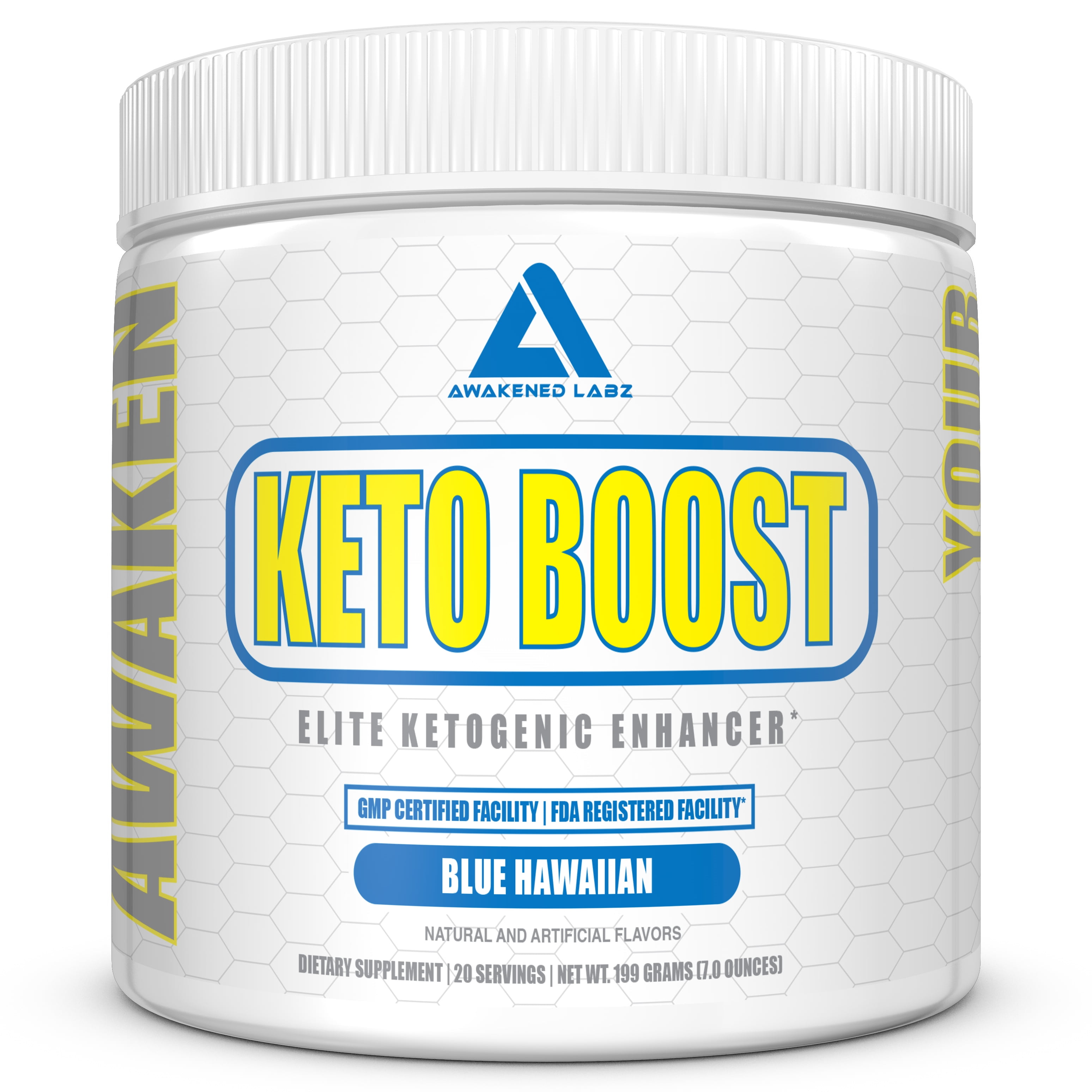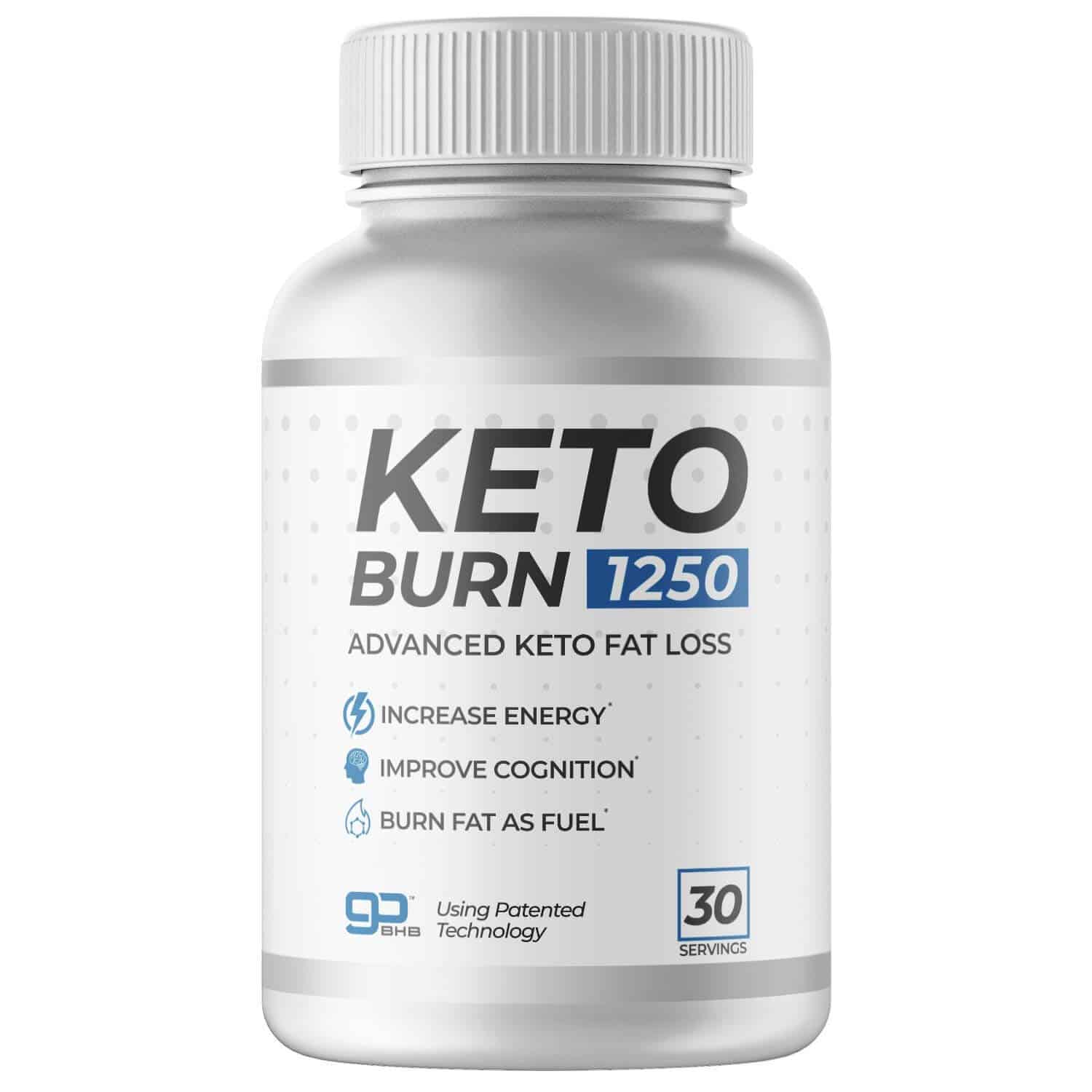

#Awakened labz keto burn reviews full#
Due to my book tours and events, I would be on my feet all day presenting, often for 3 full consecutive days, so I figured that must be the reason. It was just after my book, The Antianxiety Solution (my Amazon link), came out. It was a combination of hot-burning-coals-pain and shards-of-glass-pain. I personally had severe dietary oxalate issues in 2012 which manifested as excruciating foot pain.

My oxalate story: severe foot pain and eye pain

Shared from: Synergistic Defensive Function of Raphides and Protease through the Needle Effect via Creative Commons. (A) The SEM image of purified raphides (x400). Raphides, needle shaped calcium oxalate crystals, were collected from kiwifruit homogenate through heavy media separation using a dense CsCl solution. This is just one example – there are many different shapes of calcium oxalate crystals. You can see why these needle shaped calcium oxalate crystals found in kiwi fruit could inflict pain. In summary, these are the common medium-oxalate and high-oxalate foods that many folks have problems with: nuts, nut-butters and nut-flour (something to watch when eating Paleo or GAPS), wheat, chocolate, kiwi fruit (very high – see the raphides image below), star fruit (also very high), beets, potatoes, legumes, berries, spinach and soy. I then joined the Trying Low Oxalates Facebook group for support and feedback. When I started eating low oxalate I found Susan Owen’s site simple and very helpful. You’ll find many different lists of low, medium and high oxalate foods. They can bind with certain minerals particularly calcium and magnesium, as well as iron and copper Oxalates present in our body as sharp crystals or crystalline structures with jagged edges that cause pain, irritation, and distress. Julie Matthews, my good friend and colleague and an oxalate expert shares this in her blog, Oxalates: Their Influence on Chronic Disease Oxalates defined and food sourcesīefore we review oxalate crystal disease, let’s define calcium oxalates. The next blog will address my vitamin C/oxalate/pain story and the research on vitamin C, oxalates and pain, together with questions. It’s by no means a comprehensive blog on all things oxalates but rather a way to try and connect some dots and pose some questions for going deeper. Today I’ll share an overview of oxalates, my pain issues with dietary oxalates, a deeper dive into the condition called oxalate crystal disease (with some of my insights and questions), and the autism and atherosclerosis research. Thank you if you’ve already contributed to the discussion! This is the blog, Coronavirus and vitamin C for immune support: new pain or more severe pain due to oxalate issues?, where I pose the question about recent increased intake of vitamin C or the addition of large doses for immune support and increased pain: joint pain, eye pain, foot pain, vulvodyndia, bladder issues, insomnia, gut pain, kidney pain, changes in thyroid health/labs, bone pain etc? The feedback on this blog and on Facebook has been huge and confirms the connection. It’s been on my writing list for some time and I’ve been gathering articles and research but the current coronavirus pandemic and recommendations for high vitamin C intake had me concerned enough to blog about it and ask for feedback from my community. This blog post came out of my quest for finding a medical explanation/term for my own pain caused by dietary oxalates and a desire to gain a better understanding for my clients who experience similar pain.


 0 kommentar(er)
0 kommentar(er)
